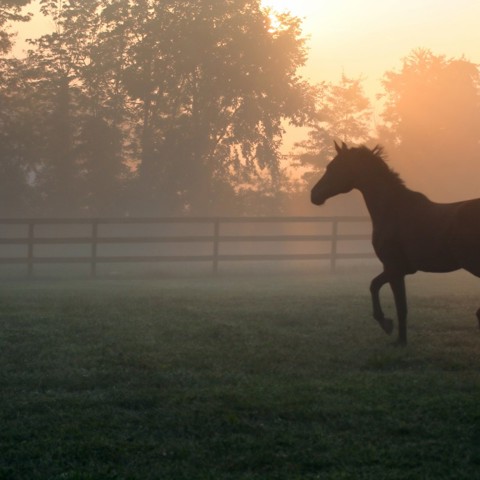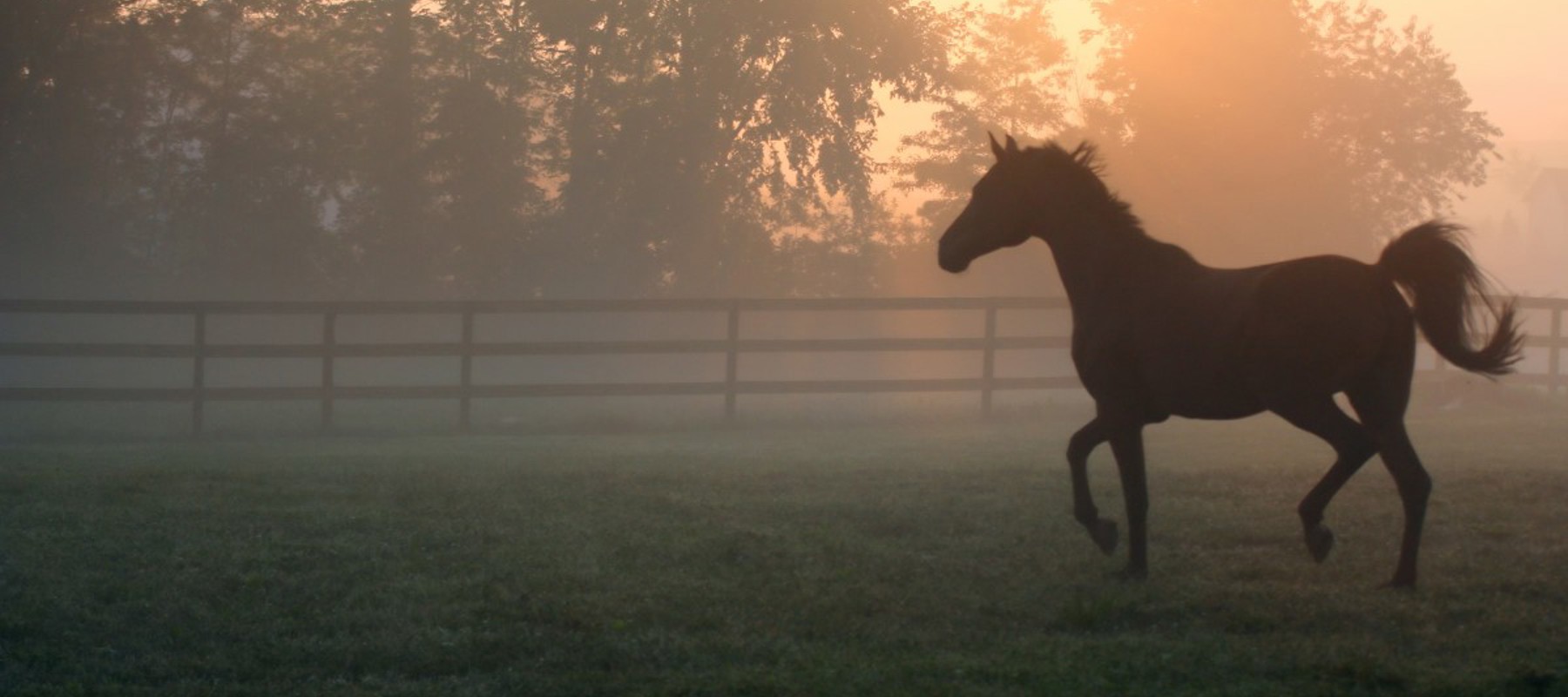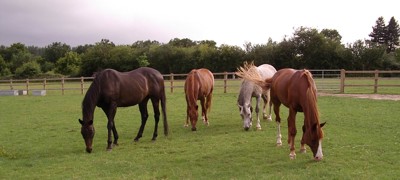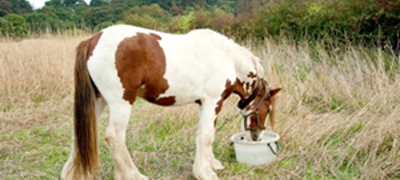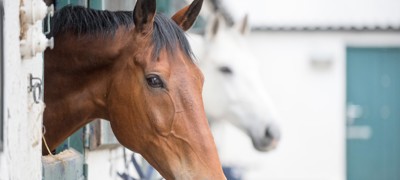However, when deciding on what fencing to use, there are various options that you may want to consider, each with its own advantages and disadvantages, such as durability, visibility, maintenance and cost. The following information should help you decide what fencing is best for your fields and horses or check if your current fencing is suitable.
How high should fencing be?
At the BHS, we generally recommend that fences are 1.25 m (4ft) high with the lower rail set 0.5 m (1 ft 6 in) above the ground.
However more specifically, we suggest fencing heights of:
- Horses: 1.08 m - 1.38 m (3.6 ft - 4.6 ft)
- Ponies: 1 m - 1.3 m (3.3 ft - 4.3 ft)
- Stallions: 1.25 m - 2 m (4.1 ft - 6.5 ft)
Where the minimum height is used, we advise you use a double fence line with an electric fence line along the top of the field boundary.
Checking fencing
Ideally, fencing should be inspected daily.
It is important to note that if your horse escapes from their pasture because of inadequate or unsafe field boundaries, you may be liable for any damage caused. In addition, poorly erected, unused or discarded fencing can present a risk to wildlife1.
Take extra caution where hedgerows are used as the sole boundary as they can become weak and require reinforcement.
Fencing options
When deciding on what fencing to use, there are various options, each with its own advantages and disadvantages, that you may want to consider.
Wooden post and rail
chevron-down
chevron-up
Advantages
- Safe and secure
- Highly visible
Disadvantages
- Expensive
- Requires treatment to preserve wood
- Some horses may chew the wood
Stone walls
chevron-down
chevron-up
Advantages
- Durable Provides some shelter
Disadvantages
- Expensive to build, requiring skilled labourer
- Time-consuming to maintain
Electric tape
chevron-down
chevron-up
Advantages
- Low maintenance
- Versatile
- Can be used to divide fields
- Relatively low cost
Disadvantages
- Not suitable as the sole boundary fence
- Can be insecure
- Some horses may not respect the fencing boundary
Stock fencing
chevron-down
chevron-up
Advantages
- Suitable for cross grazing as it ensures boundaries are secure for all animals on the land
Disadvantages
- Can cause injury, with the risk of hooves getting caught
- A secondary fence line (e.g. electric fencing) is needed to prevent the horses from reaching the stock fencing
Unsuitable fencing for horses
Plain wire
chevron-down
chevron-up
Plain wire has poor visibility and could potentially cause injury. Therefore, plain wire must be used with an additional top rial of timber and kept completely tight.
Barbed wire
chevron-down
chevron-up
Never use barbed wire with horses as it can cause severe and permanent injury if horses get caught or snagged by it.
References
chevron-down
chevron-up
1) The British Deer Society. Fencing hazards to deer. Available here

